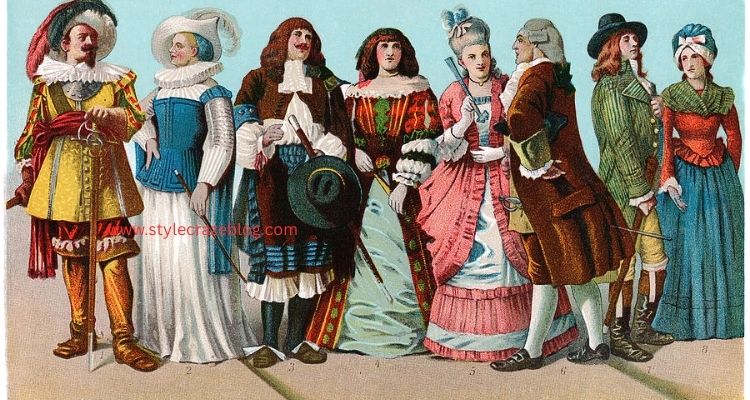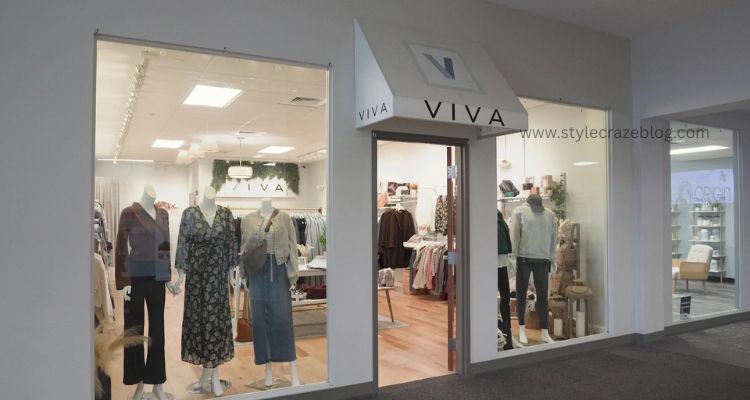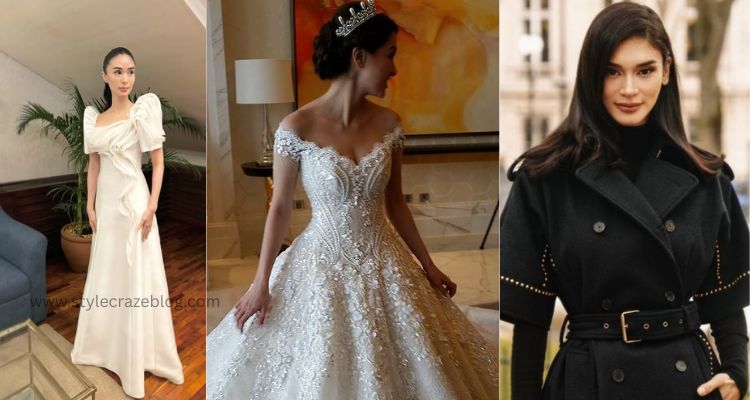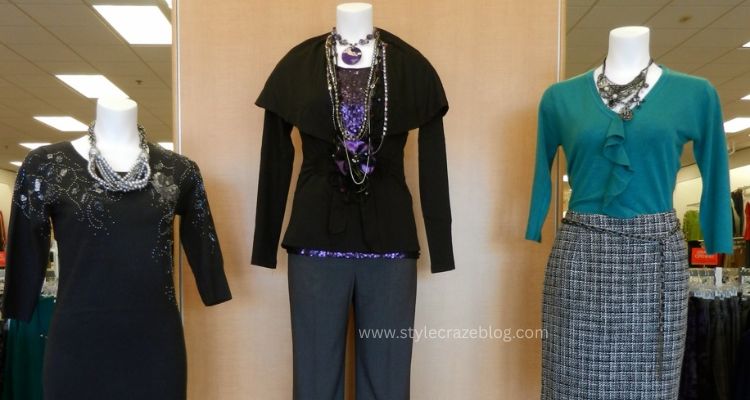When we dive into 1600s fashion, we step into an age of bold expressions, rich fabrics, and sharp contrasts. Clothing wasn’t just practical—it symbolized wealth, power, and even flirtation. As someone who once tried on a replica doublet at a museum, I can tell you, this era’s outfits made you stand tall. They carried weight—literally and socially.
What Did They Wear in the 1600s?
Men and women in the 1600s dressed to impress. For men, doublets (a fitted jacket), breeches, and tall boots were staples. Lace collars, often wide and flat, framed the face dramatically. Swords or elegant canes weren’t just weapons or accessories. They announced one’s status.
Women wore bodices with stiff stays to shape the torso. Long skirts layered with petticoats created volume. Sleeves puffed out then tapered elegantly at the wrist. Gowns combined silks, velvets, and embroidery with ribbons and pearls. It was less about comfort and more about making an entrance.
I remember seeing a reenactment at a heritage site. The rustle of a silk gown as a woman walked past captured the essence of 1600s fashion—dramatic, commanding, unforgettable.
What Was the Fashion Style in the 16th Century?
The 1600s style grew from the late 16th century. In the Renaissance period, fashion emphasized symmetry and extravagance. Ruffs—those huge, starched collars—were popular in the late 1500s. By the early 1600s, they flattened into wide lace collars.
Colors grew darker and richer. Black symbolized wealth because dyeing fabric black cost a fortune then. Nobility flaunted their status through heavy velvet, slashed fabrics, and ornate jewelry.
When I see costume dramas set in the late 1500s, I notice how the clothing flows directly into early 1600s fashion. The progression makes sense—styles became a little looser, but the drama stayed.
What Was Attractive in the 1600s?
In the 1600s, beauty went hand in hand with style. For men, a well-groomed beard and long, wavy hair showed virility and strength. A fine lace collar and a jeweled sword added charm. Women’s beauty leaned on pale skin, high foreheads, and rosy cheeks. Dresses with low, square necklines displayed elegance.
Tiny waists stood out as fashionable. Corsets and stiff stays made sure the silhouette fit the trend. Long skirts with ornate decoration brought drama. Hair was dressed high with pearls or ribbons. And red lips, often tinted with natural dyes, were considered alluring.
To me, what stands out is how much effort went into daily presentation. 1600s fashion was a performance—and everyone, from courtiers to merchants, had a role.
What Was a Shirt Called in the 1600s?
Interestingly, a man’s shirt in the 1600s had a different meaning than today. It wasn’t an outer garment. Instead, it was an underlayer, made from linen, worn beneath the doublet. Shirts were often long, reaching mid-thigh, and tied at the neck and wrists.
People called it simply a “shirt” or “chemise.” For women, the chemise served as the base under gowns. It absorbed sweat and protected the fine outer fabrics. Lace or embroidery sometimes decorated visible edges, showing just enough style without losing modesty.
The first time I learned this, I laughed. Imagine calling your undershirt the most important garment of your wardrobe. Yet, in the 1600s style, the shirt was essential. Without it, everything else fell apart.
Why 1600s Fashion Still Fascinates Us
The reason 1600s fashion fascinates me is the balance of grandeur and identity. Outfits reflected class but also personal ambition. A lace collar, a gemstone brooch, or a hint of embroidery told silent stories. Clothing wasn’t mass-produced; it was personal, tailored, and symbolic.
Modern designers often revisit this century. Puffy sleeves, lace details, and corset-inspired silhouettes echo seventeenth-century craftsmanship. Even on today’s runways, you can still trace lines back to this rich era.
Final Thoughts
Exploring 1600s fashion is like looking at a stage play where clothing is the script. Every gown, doublet, or lace detail told a story about power, wealth, and attraction. From the flat collars to the chemises, the era displayed a unique blend of luxury and statement-making.
Whenever I see reenactments or portraits from this century, I’m struck by how bold it all was. The 1600s remind us that fashion has always been more than fabric—it’s identity, theater, and history stitched together.




